What’s new in wellness? Getting off the beaten path, following your nose, wearing conscious clothing, eating exactly what your body needs, choosing your meditation wisely, and getting back to nature as prescribed by your doctor. And in the end, you’ll even have options for dying well.
This is according to the Global Wellness Summit’s (GWS) latest trend report, an annual forecast created by international leaders and visionaries of the $4.2 trillion global wellness industry. Fads fascinating science, global consciousness, consumer demand, and product sales and innovation are considered when identifying trends with the greatest impact on the industry’s bottom line.
This year’s commonalities include getting back to nature, reducing stress, and personalizing choices of everything from nutrition to medicine – even your own funeral. Let’s take a look at a few…

Mindful Fashion
The ever-changing world of fashion is decadent and dazzling; however, the industry’s impact on the world is far from glamorous. According to the GWS report, disposed garments result in the equivalent of one garbage truck of textiles landfilled or burned every second with production creating a staggering 1.2 billion tons of greenhouse gas emissions annually and 20 percent of all global wastewater.
Mindful fashion which is better for the planet and people is making a difference. Custom creations (versus mass production) are being made from recycled and compostable fibers that are actually good for you. Turns out Patagonia has been creating “trashion” for the past 25 years. That fleece you own may just be made from recycled plastic bottles.
Innovators are also using earthly materials like mushrooms, hemp, and algae sourced from destructive algal blooms in waterways as in Vivobarefoot’s Ultra III Bloom shoe pictured here. Algae apparel can actually release proteins, vitamins and anti-inflammatories into the skin – so good for the earth and good for you.
Other growing trends include clothes that moisturize and even those that express your mood. Vintage is also making a comeback as the younger generation moves away from excess and redefines luxury with a “sustainable wardrobe” as the new status symbol.
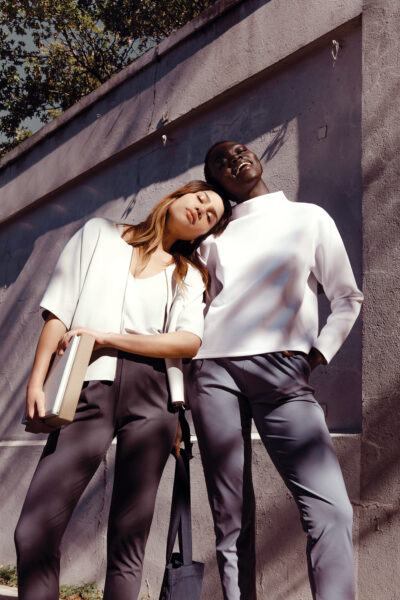
ADAY’s short sleeved Waste Nothing Jacket is made
from 41 reconstituted water bottles. (Photo credit: Leeor Wild)
Wellness Tourism: A Solution to “Overtourism”
Worldwide more than 1.3 billion people travel internationally each year, up from 500 million trips in 1995. The problem is they all want to go to the same places. According to Euromonitor International, 46 percent of vacationers go to the same 100 destinations and with the growing middle class, this percentage is projected to increase.
The rise of wellness tourism is helping regions and governments influence travelers to less discovered areas at different times of the year for experiences that offer space and serenity over crowds and congestion. Many are promoting wilderness regions for “escape to nature” getaways in an effort to move visitors from over-visited regions to rural areas. Social media supports the movement with scenic landscapes posted and promoted by influencers to entice younger generations away from say, Venice or Florence, to stunningly beautiful South Tyrol, Italy.
Other tourist areas are creating facilities and experiences that focus on personal growth such as “urban retreat centers” offering holistic practices aimed at fostering self-exploration and overall wellbeing. Greater Palm Springs joined the movement with their fourth quarter Live Your Wellest campaign promoting our valley’s wellness offerings pre-season (March/April 2018).
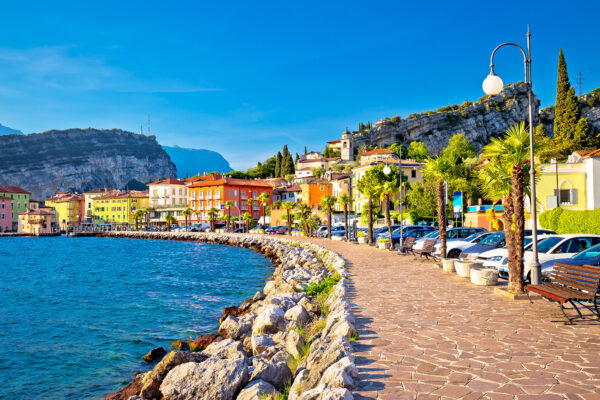
Governments are promoting colorful towns like Torbole in the South Tyrol region of Italy as less traveled options to counter overtourism.
Science Dissects Meditation
According to the CDC, meditation is now the fastest-growing health trend in America with the number of meditators tripling between 2012 and 2017, and when a wellness trend gets this big, science steps in to prove or disprove its effectiveness. The problem they see is that meditation means different things to different people; there are no definitive factors to the practice, and that doesn’t work for research.
In the GWS report, Bob Roth of The David Lynch Foundation states that “the current science and understanding of meditation is at a very early stage….definitions will get sorted out and research will focus on specific types and outcomes, and it’s only this [step] that will take meditation from hyped fad to an evidence-based medical intervention.”
In short, meditation will move from a generic concept to specific types, with people starting to understand each type’s health benefits and effect on the brain.
The best news is that meditation is finally becoming mainstream – “just in time to counteract the epidemic of stress that threatens our society.”
Aromatherapy Abounds
Can you believe that wine tasting works your brain harder than a math problem? The difference? Your olfactory system; the mere essence of wine and its effect on your nose.
Hot on the list is the medicinal properties of scent. It is believed that 75 percent of the emotions we generate on a daily basis are affected by smell, and that we are 100 times more likely to remember something we smell over something we see, hear or touch, and again, scientists are getting nosey. Studies on the impact of scent have increased significantly following the 2004 Nobel Prize awarded to Drs. Linda Buck and Richard Axel whose work helped answer the questions of ‘how and why’ the smell of a certain scent can take us back to a certain place and time. We now know we have approximately 1,000 olfactory genes in our body that help us recognize and remember potentially up to one trillion scents.
That equates to big bucks for manufacturers and the travel industry who are creating new aromas and products designed to rekindle our memories, evoke new emotions, calm our stress, and open our wallets. In fact last year, Hasbro patented the “scent of childhood” by winning a “scent trademark” for Play-Doh (one of only 13 issued to date).
While aromatherapy has been used to heal for centuries, companies like Aeroscena at the Cleveland Clinic’s Innovations Lab are redefining the remedy by trademarking “phyto-inhalants,” the name for its line of plant-based aromatherapeutics specifically formulated to treat symptoms like pain, nausea, and anxiety.
Other innovations to satisfy your sniffer include water bottles with oil-infused collars that turn plain drinking water into flavored beverages through scent alone; infusers controlled by an app so you can sleep with lavender and wake to peppermint; hotel menus offering preferred room scents coupled with a matching parting gift candle to remind you to come back; and memory kiosks being used to give those with Alzheimer’s a trip down memory lane.
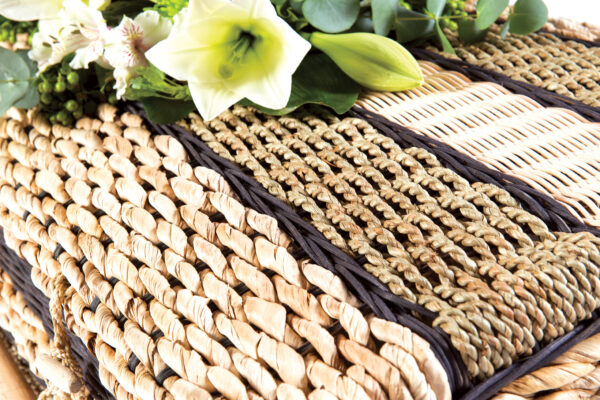
Green burials in designated areas are on the rise using products like this biodegradable handwoven willow coffin by Ecoffins.
The Death Positive Movement
Some say that the focus on anti-aging plays on people’s fear of death, but there is a new movement with a different approach discussing end-of-life as part of the wellness conversation. Trends include social events like the Reimagine End of Life Festivals, receptions and lectures at cemeteries, and Death Cafes launched as in-home discussion groups.
With the face of religion changing and burial processes contaminating the planet, funeral options are expanding as well. Green and woodland burials are on the rise with North America’s Green Burial Council certifying more than 300 green funeral homes. With these eco-friendly options everything that goes into the ground (or sea) must be as decomposable as the body. Shrouds and coffins are made of natural fibers like bamboo, seaweed or unfinished pine, while pods and urns that turn you into your favorite tree are also available.
Living funerals (or FUN-erals) are another trend to celebrate the dying while still here on earth. The festive events are showing psychological benefits: “The dying person and their loved ones can show gratitude toward each other, grieve together, and leave fewer things unsaid.”
The options around death are growing and so is the conservation.
Other 2019 global wellness trends include personalized nutrition, prescribing nature (Jan/Feb 2019) and China’s growing impact on the wellness market. The full 2019 Wellness Trends report is available at www.GlobalWellnessSummit.com.
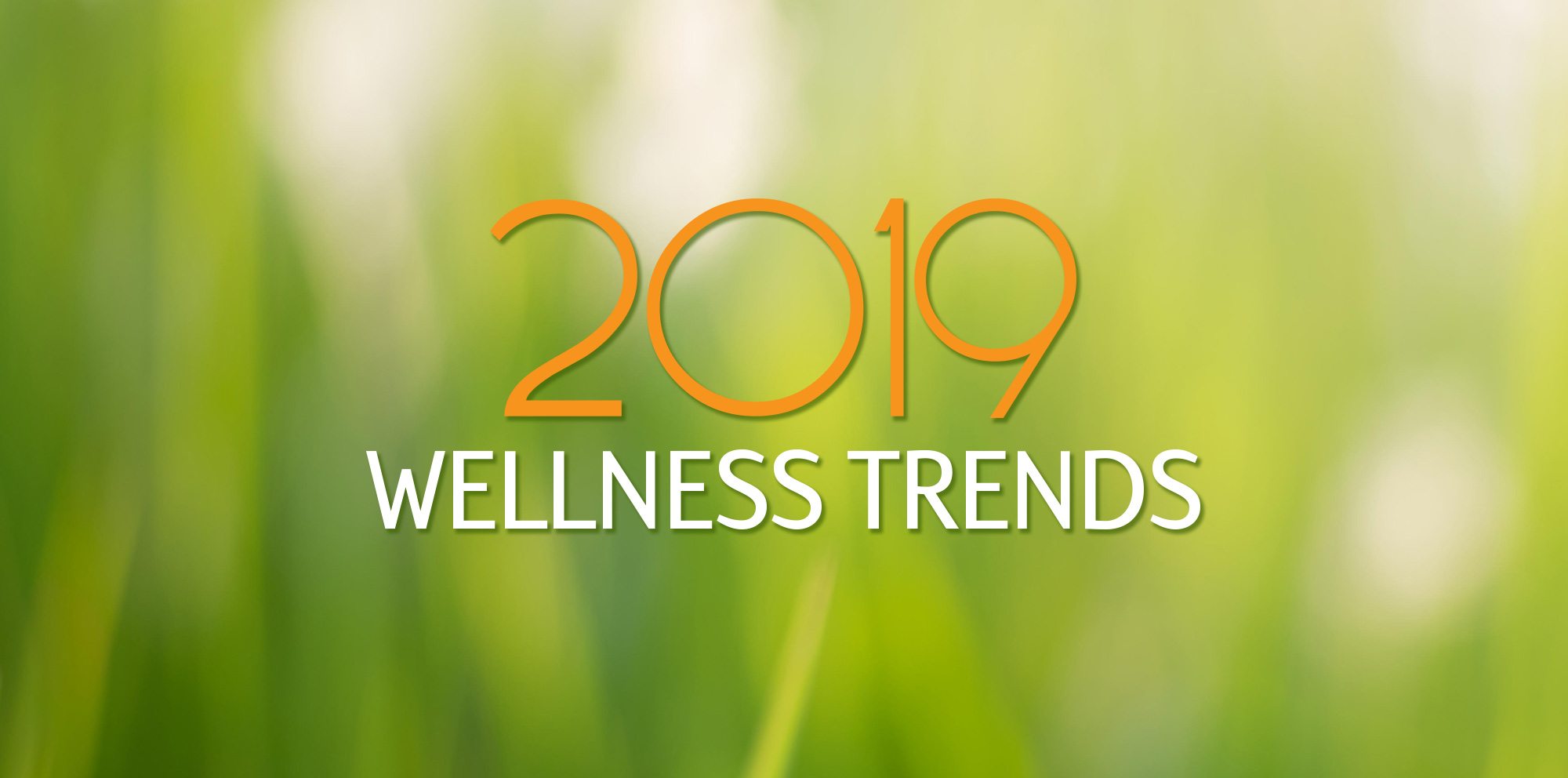




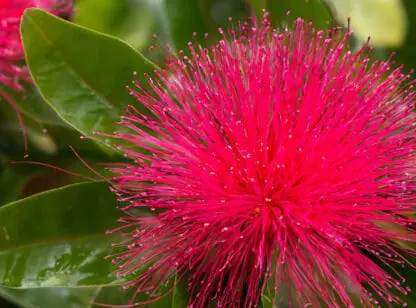


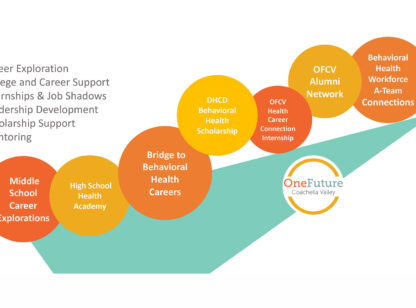

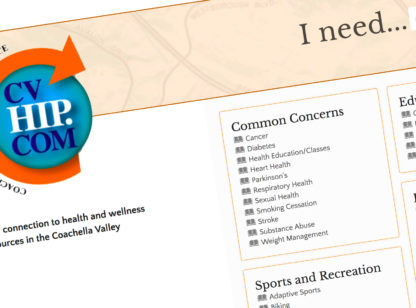
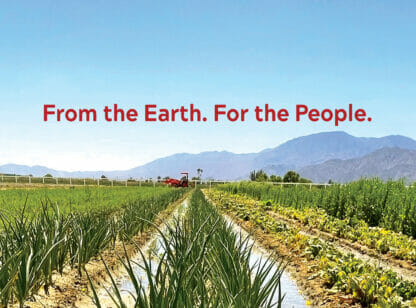




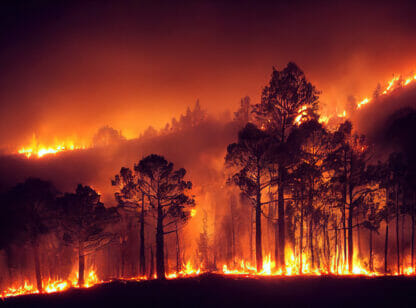
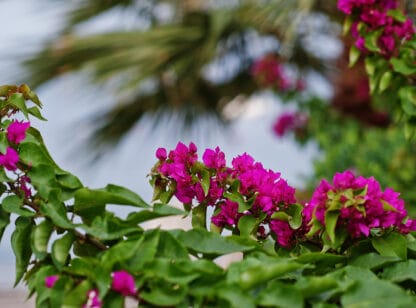



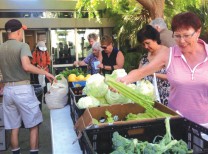



























Comments (0)